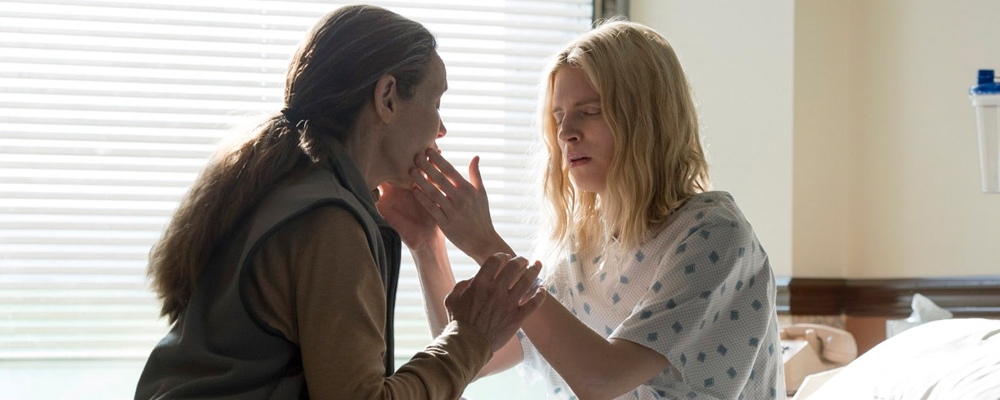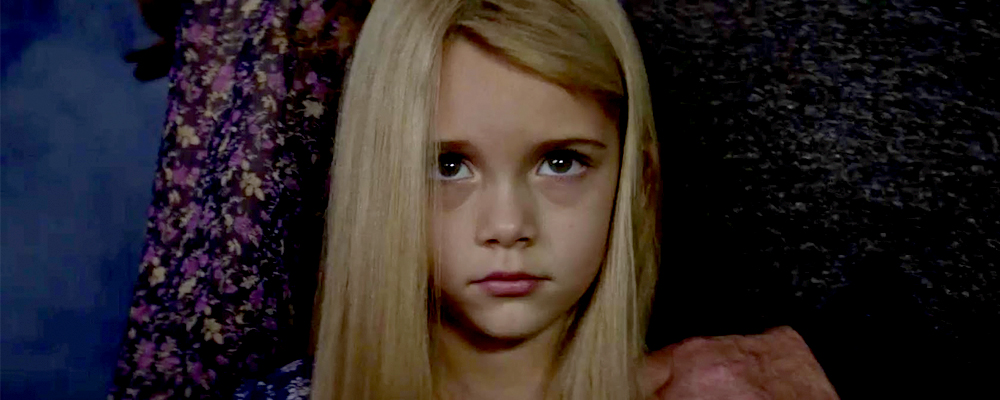Brit Marling’s ‘The OA’ Is Ambitious Yet Incomplete
Alex Aronson
“The OA” is, well, OK. In today’s media and internet infused culture, it is not uncommon for movie studios and record labels to release new projects as a complete surprise – leaving little to no lead-time for promotion – and utilizing the power of word-of-mouth and article sharing to spread awareness. During a time when every detail about a movie or album is spoiled online before it even finishes production, that strategy might seen refreshing.
This surprise release strategy has worked well for some – Beyonce, when she dropped her last two albums unannounced. But this method of “release now – promote later” had yet to be tested for the television landscape… that is until Netflix surprised everyone and dropped the trailer for its newest series, “The OA ,“ just three days prior to its Dec. 16 release. But unlike the aforementioned projects, “The OA” isn’t part of an existing canon nor does it have any recognizable A-list talent. The release strategy managed to build short-lived excitement around an otherwise lackluster series.
Netflix’s newest science fiction series, “The OA” proves that strong original content is beginning to compete with itself in the over-saturated market. While the show is wonderful to look at, a choppy tone, over-indulgent plot and ambiguous ending make the series feel slightly off-kilter. Even though the show is ambitious on paper, the ultimate execution fails in comparison to the studio’s other original science fiction fare, “Stranger Things.” Netflix can do better.
That’s not to say that the show is an ultimate failure. Kudos should be given for the refreshing idea and sharp visual aesthetics. The show also successfully manages to blend several genres together – pulling various elements from science fiction, fantasy, drama, and supernatural genres all into one.
Brit Marling plays the title character OA (also known as Prairie Johnson), an adopted, blind young woman who resurfaces after seven years missing. Upon her return – Johnson refers to herself by a new name, “OA” – she has scars on her back, and is no longer sightless. OA refuses to cooperate with the FBI and her parents, leaving them with a multitude of questions. Where has she been? How did she regain her eyesight? Who gave her those scars?
Marling, who pulls triple duty as writer, executive producer and star, emotes a fine and delicate performance that nicely juggles all of the complexities of her character. She is intelligent and mysterious, yet her ability to flick the switch from vulnerable to badass is commendable.
OA quickly assembles her breakfast club – a team of five locals: Steve (Patrick Gibson), the neighborhood bully, French (Brandon Perea), Buck (Ian Alexander), Jesse (Brendan Meyer), and Betty Broderick-Allen “BBA” (Phyllis Smith), a local teacher – with whom she shares her story. In return, she asks for their help to save some other missing people whom she claims are in the same situation she was in.
Her story – and the answers to all of those questions – is revealed through the parallel time line that runs through the rest of season. There were a group of captives, including herself and Homer (a man who she befriends), who are referred to as the NDE’s (near death experience). They are kept in a glass cage and repeatedly gassed by their captor, Hap (Jason Isaacs), who is obsessed with understanding near death experiences. The show attempts to get philosophical by trying to involve the age-old question regarding the afterlife, but that easily gets lost with everything else going on.
If you are already scratching your head, hang tight because there are elements premonitions and time travel to add into the mix. OA likens her premonitions to a physic ability she gained with her eyesight – premonitions that ultimately lead to a school shooting in the final episode.
In one of the final scenes, French discovers a stash of books hidden under OA’s bed, which include stories of near death experiences and a copy of “Homer’s Iliad.” This suggests that OA could have potentially made up her entire story. The season ends with OA being taken away to an ambulance after being shot in the chest during the school shooting. The screen cuts to black as she says, “Homer?”
The ending of the first season certainly leaves the viewer with a number of unanswered questions – and the cliffhanger: Did she make up the entire story? Perhaps that would explain all the complexities and nonsensical plot elements. A season two has not yet been given the green light. Netflix doesn’t release ratings, but judging by the buzz, or lack thereof, it doesn’t seem that many people would be tuning in.
“The OA” is on Netflix Dec. 16.



